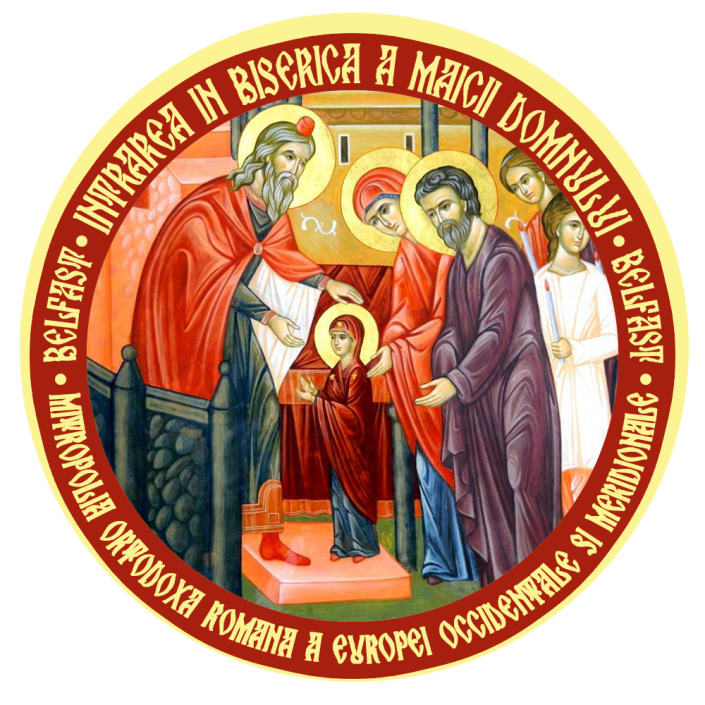
Saint Silouan was born Simeon Ivanovich Antonov in 1866 to Russian Orthodox parents who came from the village of Sovsk in Russia’s Tambov region. At the age of twenty-seven he left his native Russia and came to Mount Athos, where he became a monk at the Monastery of St. Panteleimon and was given the name Silouan, the Russian version of the Biblical name Silvanus.
An ardent ascetic, he received the grace of unceasing prayer and saw Christ in a vision. After long years of spiritual trial, he acquired great humility and inner stillness. He prayed and wept for the whole world as for himself, and he put the highest value on love for enemies. Thomas Merton, a twentieth-century Catholic monk, described Silouan as “the most authentic monk of the twentieth century.” St Silouan died on September 24, 1938. He was glorified by the Ecumenical Patriarchate in 1987.
Though barely literate, he was sought out by pilgrims for his wise counsel. His writings were edited by his disciple and pupil, Archimandrite Sophrony. Father Sophrony has written the life of the saint along with a record of St. Silouan’s teachings in the book Saint Silouan the Athonite.
Saint Panteleimon Monastery (Russian: Монастырь Святого Пантелеймона; Greek: Μονή Αγίου Παντελεήμονος, Moní Agíou Panteleímonos), known as Rossikon (Russian: Россикон, Rossikon; Greek: Ρωσσικόν, Rossikón) or New Russik (Russian: Новый Руссик, Novyy Russik), is one of the twenty Eastern Orthodox monasteries in Mount Athos, located on the southwestern side of the peninsula in Northern Greece. It is often referred to as “Russian” and does have historical and liturgical ties to the Russian Orthodox Church; nevertheless, like all the other monastic settlements on Mount Athos, the monastery is under the direct ecclesiastical jurisdiction of the Ecumenical Patriarchate of Constantinople and all its monks are citizens of Greece, usually naturalised.
